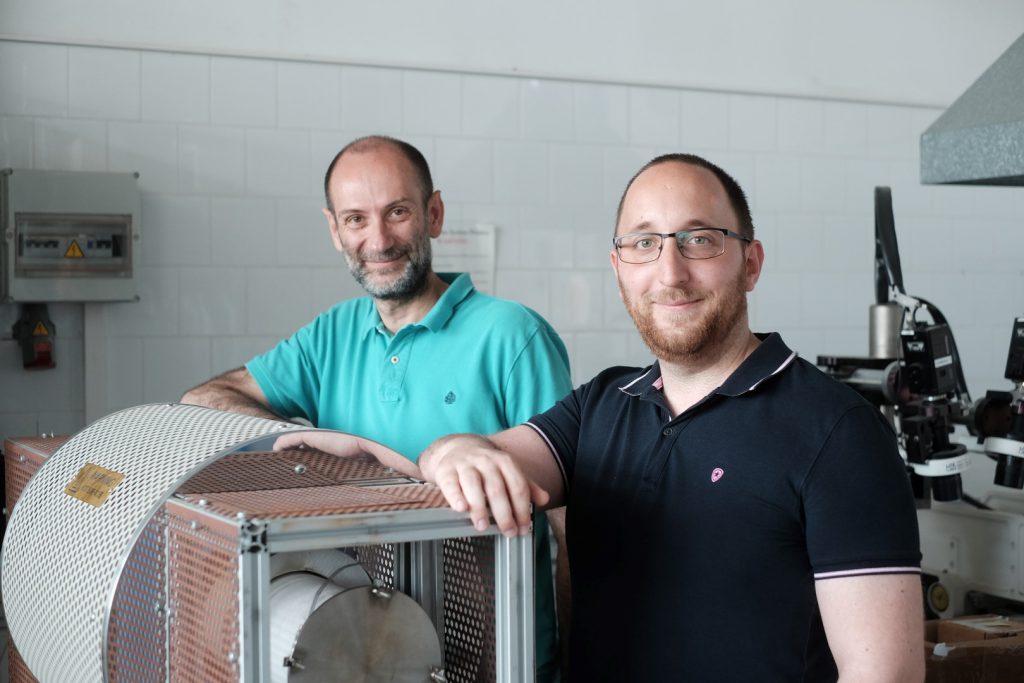11/06/2019
Nanodiamonds for detecting dangerous gases
URV researchers have taken part in a study that shows for the first time that nanodiamonds can be used in sensors for detecting polluting gases

URV researchers have taken part in a study that shows for the first time that nanodiamonds can be used in sensors for detecting polluting gases
The lecturer Eduard Llobet and the doctoral student Juan Casanova, from the URV research group MINOS (Microsystems Nanotechnologies for Chemical Analysis) and members of the Department of Electronic, Electric and Automatic Engineering (DEEEiA-ETSE) and the EMaS research centre, have published a pioneering study on the use of nanodiamonds as indicators of polluting gases in the sensors.
This study shows for the first time that nanodiamonds can be used for detecting pollutants. These nanostructures have exceptional electronic properties and are extremely stable both mechanically and thermodynamically. In particular, the study developed sp3 carbon structures – the structure of diamonds – to which other compounds can be added (hydroxyl groups and phosphine oxides) so that they can have one function or another. Subsequently, the nanodiamonds were covered with a coating of palladium just a few nanometers thick to obtain a semiconductor with a surprisingly high specific surface area, thanks to the fact that it is extremely nanoporous.
The resulting sensors can detect gases or vapours such as nitrogen dioxide (NO2) and ammonia (NH3) at trace levels in the atmosphere, at least at concentrations below the maximum thresholds for human exposure. With this new nanomaterial, the detection of these gases is reversible and reproducible even under atmospheres with variable ambient humidity. That is to say, it is reversible because the sensor can be regenerated if the toxic compound detected in the atmosphere is withdrawn, so the sensor can be reused as many times as you want. And it is reproducible because the responses are repeated, the intensity depends on the concentration of the gas detected and the response is stable over time.
In fact, gas sensors with nanodiamonds can operate at ambient temperature, which considerably reduces the amount of energy consumed, something that most metal oxide-based commercial sensors on the market have great difficulty in doing. Therefore, this innovative study carried out jointly with the URV researchers could be the start of a whole new generation of nanodiamond-based gas sensors.
The study was carried out in conjunction with a group from the Institute of Molecular Chemistry of the University of Burgundy (ICMUB) (France) and the University of Giessen (Germany). They started working together in 2016 after a research visit by Dr Llobet to the ICMUB. The results have been published in Angewandte Chemie International Edition, a leading journal in the field of chemistry.
The study will be published as a high-impact article. That is to say, the editors of the journal select and recognise some articles because of their importance in a field that is rapidly evolving and which is of great interest at the present time.
Reference: Jean Cyrille Hierso, et al. “Diamondoid Nanostructures as sp3‐Carbon‐Based Gas Sensors” Angew. Chem. Int. Ed. https://doi-org.sabidi.urv.cat/10.1002/anie.201903089
